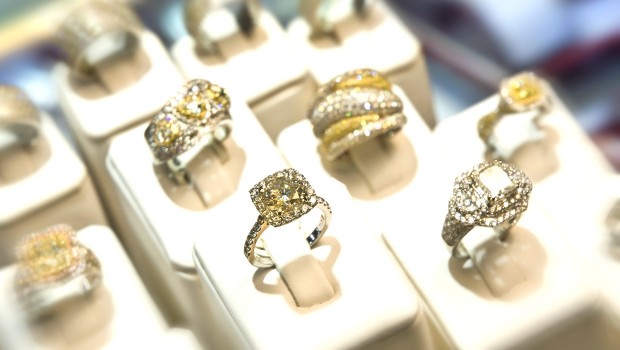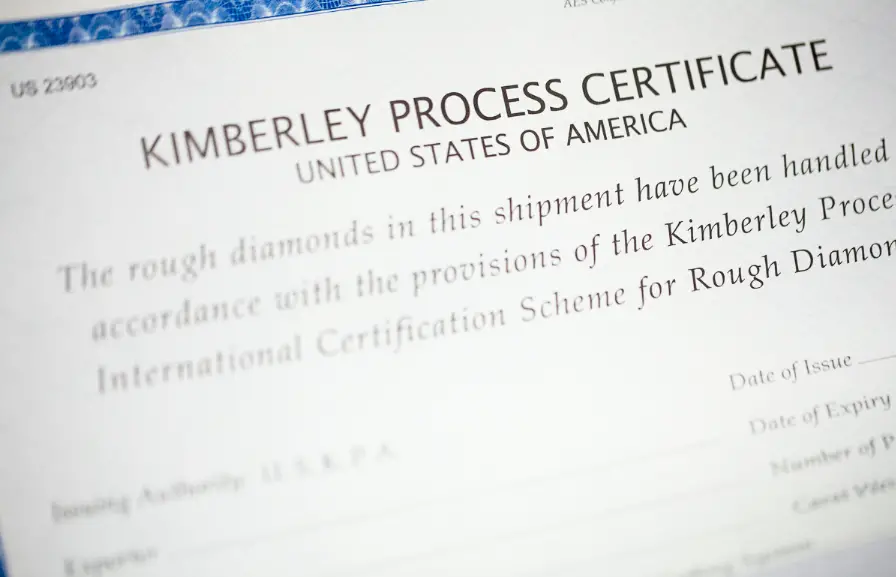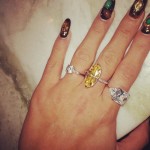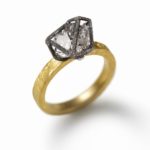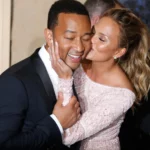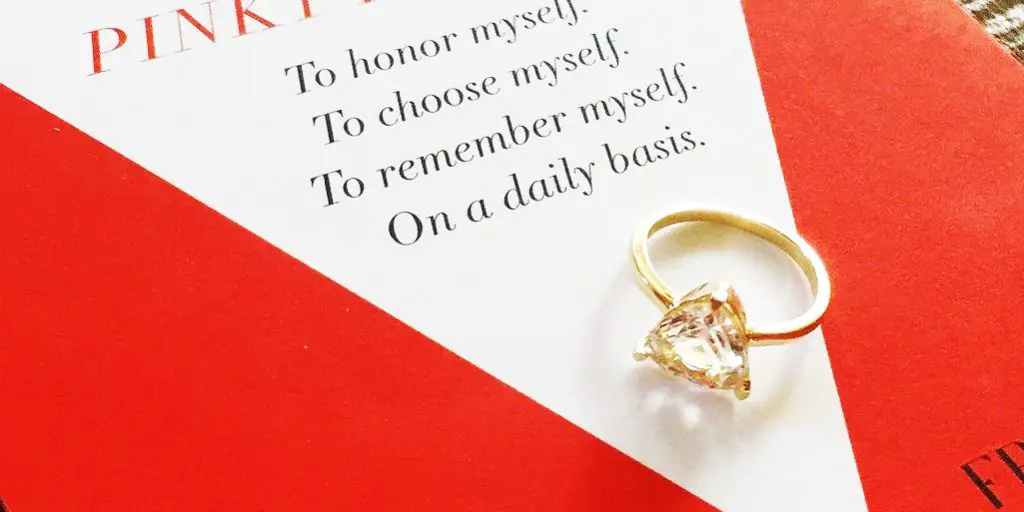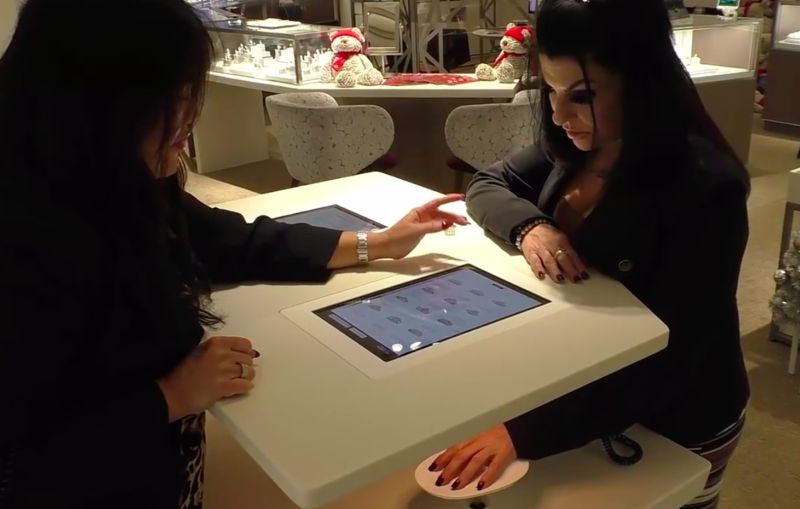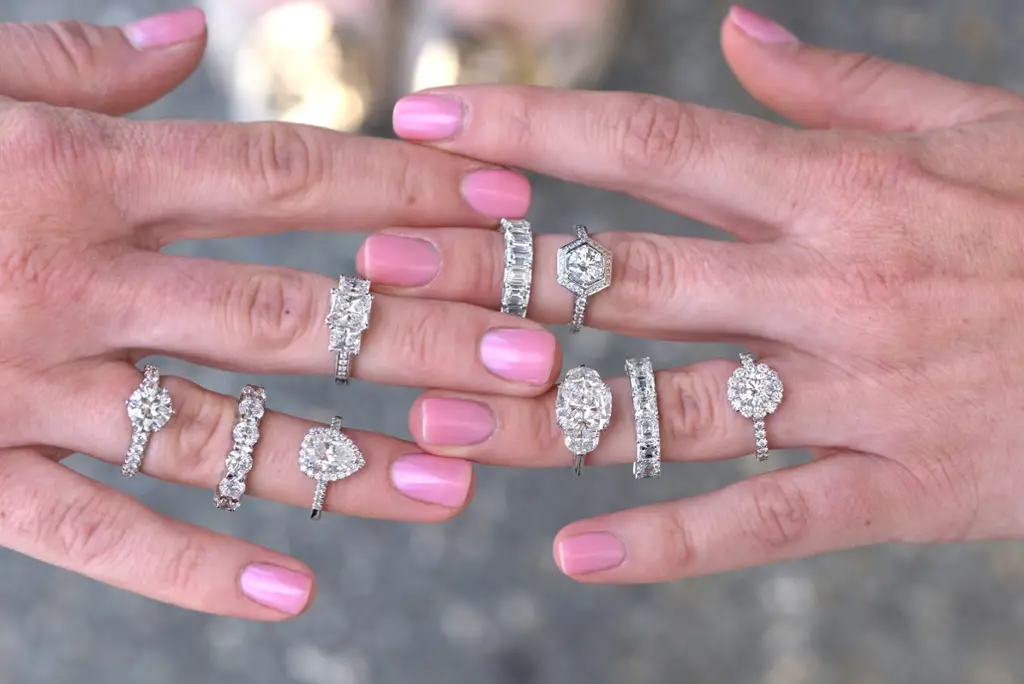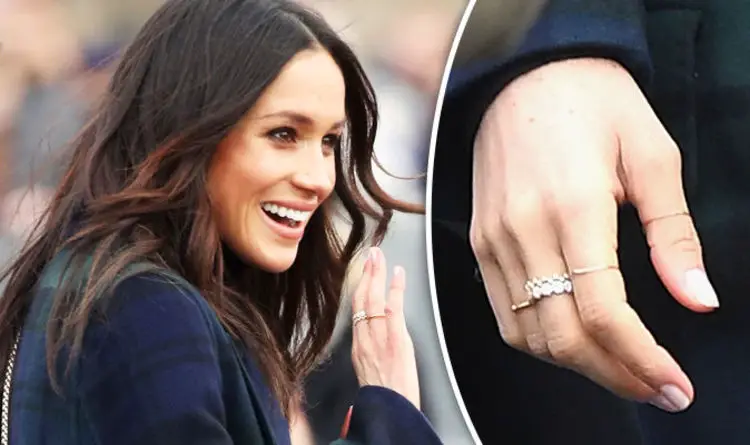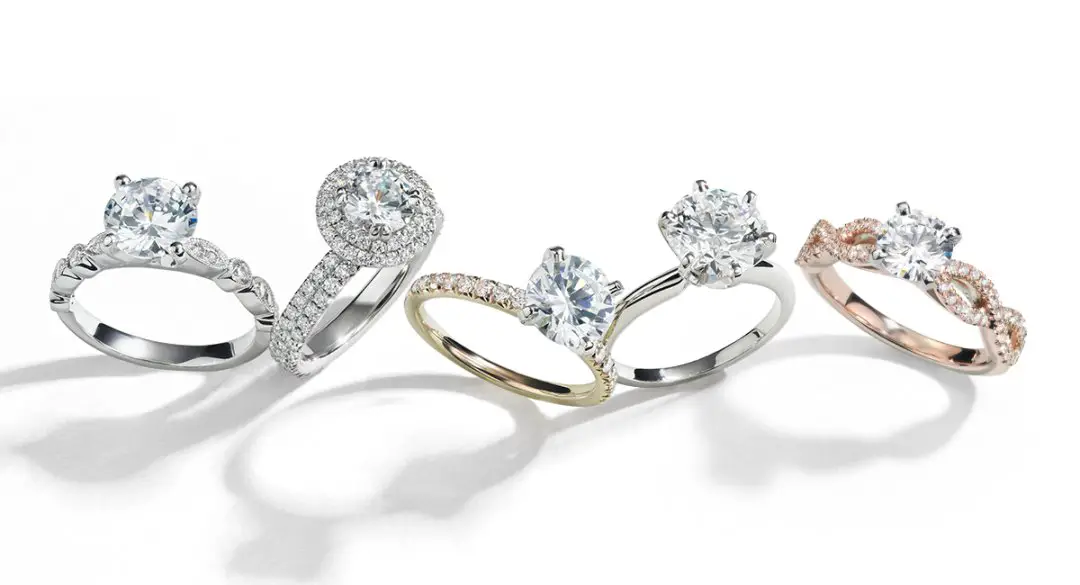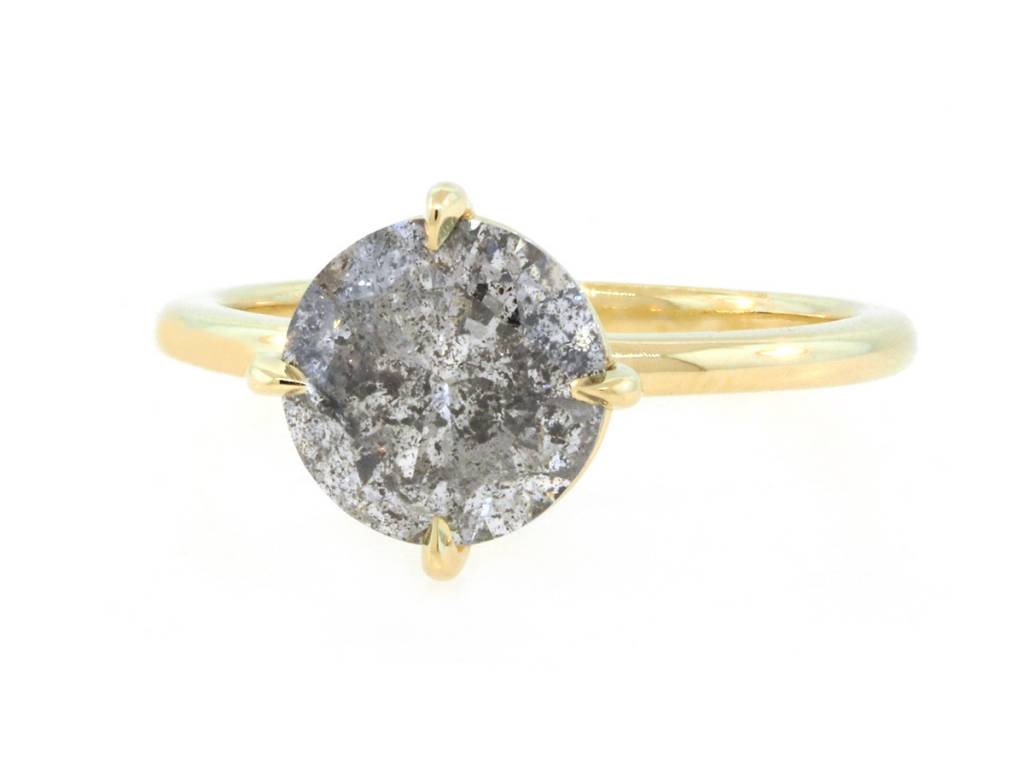Spoiler alert: it’s changed in many drastic ways…
The tradition of a man giving his lady love a ring on their engagement is centuries old, and it doesn’t seem to be waning in popularity so far. However the type of ring in question, the way in which it’s given, and the way in which it’s purchased has changed a lot in recent years. Here are just a few aspects of engagement ring shopping and giving that have transformed over the past few decades.
Changing Styles
When you take away the tradition and symbolism of an engagement ring, what you’re left with is a fashion accessory. As anyone who wears clothes will know, fashion trends change regularly. In the 1980s and 1990s the typical engagement ring looked very different to what is considered ‘typical’ nowadays. Previous generations favoured gold and diamonds, and often engagement rings had two or three large diamonds as the centrepiece. Today’s bride prefers silver toned metal like platinum or white gold, with one large diamond often surrounded by countless tiny diamonds. Coloured gemstones are also becoming increasingly popular.
Ethical Choices
In the 1980s and 1990s, there was no such thing as the Kimberley Process (although there most definitely was a need for it). If you don’t already know, the Kimberley Process was established in 2003 to prevent blood diamonds being traded in mainstream markets. Most of the developed countries in the world committed to a blanket ban on any diamond that could not be proven to be conflict-free, and although it’s not a perfect solution it has certainly struck a chord with 21st century brides. Many couples are making ethical choices by dealing with jewellers who go above and beyond the Kimberley Process to source conflict-free gems. Some are going even further than that and choosing second hand or lab grown diamonds instead of ‘freshly mined’ ones.
A Couple’s Decision
21st century society has thankfully progressed a little bit in recent years, and men are no longer obliged to go out alone and pick a ring for their bride. The vast majority of couples at least discuss the prospect of getting engaged beforehand. Plenty of ladies openly talk about styles and settings that they like too, and quite a few go with their husbands-to-be to pick out the ring. It’s no secret that changing economics have left people in very difficult financial circumstances than previous generations, so many couples are even splitting the cost of an engagement ring between them. How’s that for equality?
Changing Shopping Habits
Probably the biggest change of all, however, is the way in which we buy engagement rings today. Twenty or thirty years ago couples had pretty much no other option than walking into a jewellery store and picking out the ring they liked the best. They also relied entirely on the jeweller’s expertise. Then the world wide web came along, giving engagement ring shoppers the power to independently research styles, settings and gemstones, buy loose diamonds or even full engagement rings online for a fraction of the cost, find customised designs and get endless inspiration from social media.
So what’s next? Will brides be wearing virtual engagement rings in 10 years time? Will the planet run out of gemstones in 50 years and we’ll start mining rocks from the moon? Will the tradition of giving engagement rings be gone completely in 100 years? We really have no way of knowing, but it’ll be exciting to watch!
